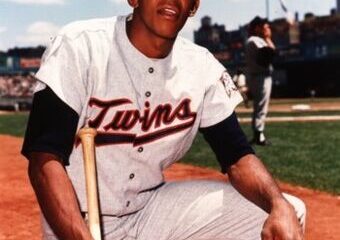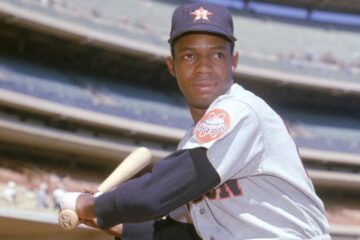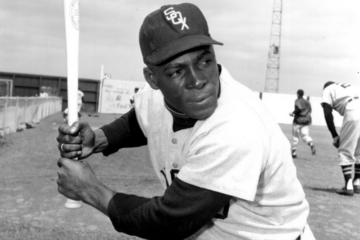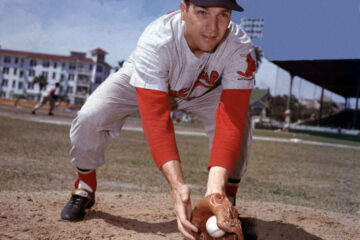The Hall of Fame Index: Who is the most fit right fielder not in the Hall of Fame?
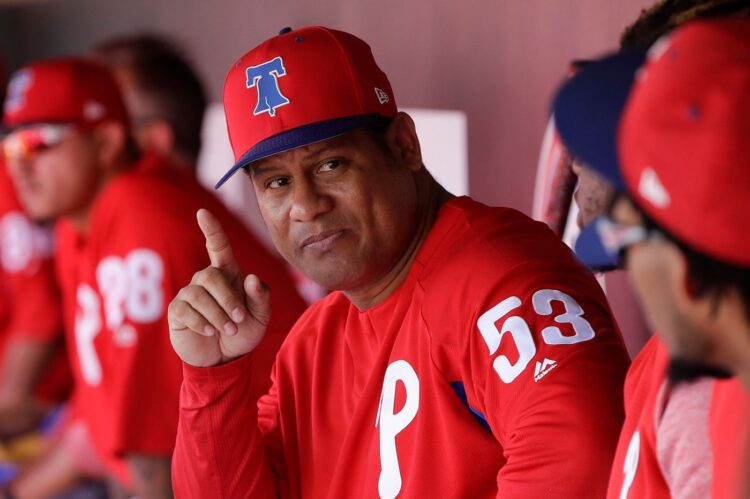
The common refrain from most baseball fans is that they know a Hall of Famer when they see one. I would politely point out that this is not necessarily the case. Let’s consider the following Player A and Player B test as it pertains to a statistic called Bases Per Out (BPO). It combines elements of on base percentage and slugging percentage. I think you’d be surprised at the results.
| TB | BB | HBP | SB | Outs | BPO | |
| Player A | 4506 | 737 | 103 | 181 | 6000 | 0.921 |
| Player B | 4026 | 1476 | 33 | 400 | 6395 | 0.928 |
One of these players was elected into the Hall of Fame easily and the other was bounced from the ballot in the first year. They played at virtually the same time and as you can see they had a similar number of plate appearances. So, based on their BPOs you could surmise they had similar value offensively. Of course, you have no way of knowing whether those were good BPOs. That’s really not the point. The point is that these two players are incredible similar in terms of value. At least that is true offensively.
Player A is Hall of Famer Vladimir Guerrero and Player B is Bobby Abreu. You could argue that Abreu was a little more valuable than Guerrero and if you judge by the number of outs he actually had nearly a season’s worth of outs more. Naturally, we are getting ahead of ourselves. Let’s see if Abreu is the most qualified player out of the Hall of Fame.
Career Value
| BWAR | FWAR | WS/5 | Total | |
| Dwight Evans | 67.1 | 65.1 | 69.4 | 201.6 |
| Reggie Smith | 64.6 | 64.6 | 65.0 | 194.2 |
| Bobby Abreu | 60.2 | 59.8 | 71.2 | 191.2 |
| Brian Giles | 51.1 | 54.8 | 57.4 | 163.3 |
In point of fact, this entire article is a study in the fact that people don’t know Hall of Famers when they see one. They missed three. Giles is a borderline candidate and the index shows the distance between them at least in terms of career value. All three of the top players are fairly close. Choosing between is difficult on partial data, but in the meantime we can compare them with players that are already in the Hall of Fame. All three fare well with the players on the lower end of the BBWAA list as you can see The Hall of Fame Index Part II.
Evan is particular is an interesting story. He described recalling when Jim Rice was called up and when his career was cut short by injuries. The obvious implication is that he was around longer. He didn’t put up glitzy statistics like Rice, but as we will see later he was plenty valuable. One was a left fielder and one a right fielder, so we don’t typically compare them directly. However, I’ve done so in the book.
Peak Value
| BWAR | FWAR | WS/5 | Total | Index | |
| Abreu | 51.4 | 52.4 | 52.2 | 156.0 | 347.2 |
| Smith | 48.1 | 48.3 | 48.0 | 144.4 | 338.6 |
| Evans | 42.7 | 45.8 | 46.0 | 134.5 | 336.1 |
| Giles | 43.3 | 48.9 | 50.4 | 142.6 | 305.9 |
Giles is in that uncomfortable territory of being fit by the sheer definition of the index, but trailing a number of other players that are fit. We don’t concern ourselves here with whether players are fit. We want to know whether he is the most fit. He clearly is not, so we move on to the other three. All of them are fairly close in index wins, so we will probably rely on the other tests to help us.
All of the top three are underappreciated players. So, a part of our analysis here today is to determine why. I hate to belabor the point, but it does help us understand what traits we find in common for players that are underappreciated. When we compare those players to overrated players like Rice then we begin to get some idea as to who we should value in the here and now. Teams obviously have gotten there over the intervening decades, so it is time for the next evolution.
Offensive Numbers
| OPS+ | Rbaser | OW% | wOBA | |
| Giles | 137 | 21 | .676 | .388 |
| Smith | 137 | 11 | .693 | .379 |
| Abreu | 128 | 16 | .662 | .378 |
| Evans | 127 | 3 | .647 | .375 |
We see two primary biases when looking at the four players here. The first bias comes in which numbers we pay attention to. All four players were strong on base performers. Walks are the least appreciated statistics in the game. The ability to steal first base is more valuable than just about any other. So, all four players have similar values offensively. This dovetails into the second area of bias.
These are the overall numbers. Season by season numbers are perhaps even more important. We see that in the BWAR MVP points. If you can claim to be the best player in the league in any individual season you have a leg up. Abreu was never known as a dominant player. He was just a really good one for a long time. That was the difference stylistically between him and the aforementioned Guerrero. You just don’t see to many YouTube videos of Abreu doing anything. Watching him draw a walk is not that exciting, but it’s valuable.
Fielding Numbers
| Rfield | DWAR | TZOF | DWS/5 | |
| Smith | 78 | 3.0 | 81 | 10.4 |
| Evans | 66 | -3.8 | 80 | 10.4 |
| Abreu | -7 | -10.9 | -22 | 8.2 |
| Giles | -28 | -9.1 | -15 | 6.6 |
Here we see the primary difference between Evans and Rice. Evans was a better defender. We also see that Smith might be one of the most underrated players in the history of the game. He just didn’t capture our imagination with any seemingly brilliant numbers. Like Abreu, he was just really good as an all-around player for a long time.
The comparison with Guerrero is particularly apt here. We’ve seen YouTube videos of him gunning down baserunners with huge throws. You’d surmise he was much better, but that is just not the case. Abreu was more or less average throughout most of his career. If you converted his total zone runs or Rfield runs into per season totals and you’d see he is virtually average. Average won’t blow anyone’s skirt up, but it has value.
The defensive win shares are probably the most accurate picture of real value. Evans and Smith aren’t the best right fielders and history, but they are good ones. They are only two wins better than Abreu. So, we can wax poetic about Evans’ arm or the fact that Smith could also play in center, but the end result is not that different.
Playoff Numbers
| PA | SLASH | HR | Runs | RBI | |
| Evans | 130 | .239/.333/.425 | 4 | 11 | 19 |
| Smith | 119 | .234/.303/.449 | 6 | 17 | 17 |
| Giles | 90 | .208/.311/.286 | 0 | 4 | 4 |
| Abreu | 79 | .284/.392/.418 | 1 | 9 | 9 |
So, looking at the pure numbers, you’d see that Abreu has better percentage numbers than the other three. His .810 postseason OPS beats out Evans .758 and Smith’s .752. However, none of them were prominent members of a World Series champion. Evans and Smith at least advanced to the World Series. Giles also lost in the World Series with the Indians.
So, the long and short of it is that none of these guys really advances their case much with these numbers. One could hardly blame them. Giles is the only one to put up bad numbers and it’s hard to really criticize too much based on 90 plate appearances. So, in the grand scheme of things we would probably call this a push.
BWAR MVP Points
| Top 10 | Top 5 | MVP | PTS | |
| Smith | 4 | 1 | 0 | 17 |
| Abreu | 5 | 0 | 0 | 15 |
| Evans | 0 | 1 | 1 | 15 |
| Giles | 0 | 2 | 0 | 10 |
The argument from the beginning that we know Hall of Famers when we see them is both misleading and insulting. The honest to god truth is that everyone that takes their vote serious puts plenty of time into this process. Some obviously don’t and there’s little we can do with that, but the results above demonstrate pretty clearly that there is more here than simple counting numbers or even something as sophisticated as the index.
Evans and Abreu are close in their index scores, offensive numbers, and the BWAR points. Would you rather have a player that was a top ten player five times or have someone that was really good once or twice? It’s not an easy argument to make on either side. What is remarkable is that over 80 percent thought Vladimir Guerrero was worthy and less than five percent thought Abreu was. I’m not saying Abreu is better, but he is certainly worthy of the debate. Now, he has to wait ten seasons before he can appear on the Veterans Committee ballot. It’s just horribly wrong somehow. Yet, we know a Hall of Famer when we see one.


